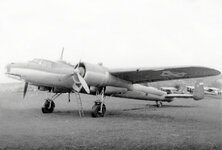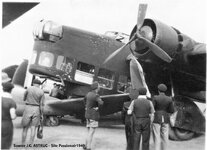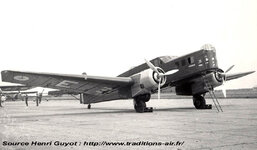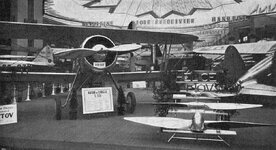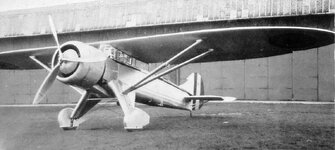ThomasP
Chief Master Sergeant
As others have pointed out - the objects could be shields of some sort, or air flow directors.
Something I noticed, when I was looking for images of B-24s with the objects, I could not find any with the later oval engine cowlings. Does this mean that the objects were only fitted on early B-24s - and could the change in whatever lead to the new cowling design have something to do with why they were fitted?
Something I noticed, when I was looking for images of B-24s with the objects, I could not find any with the later oval engine cowlings. Does this mean that the objects were only fitted on early B-24s - and could the change in whatever lead to the new cowling design have something to do with why they were fitted?

